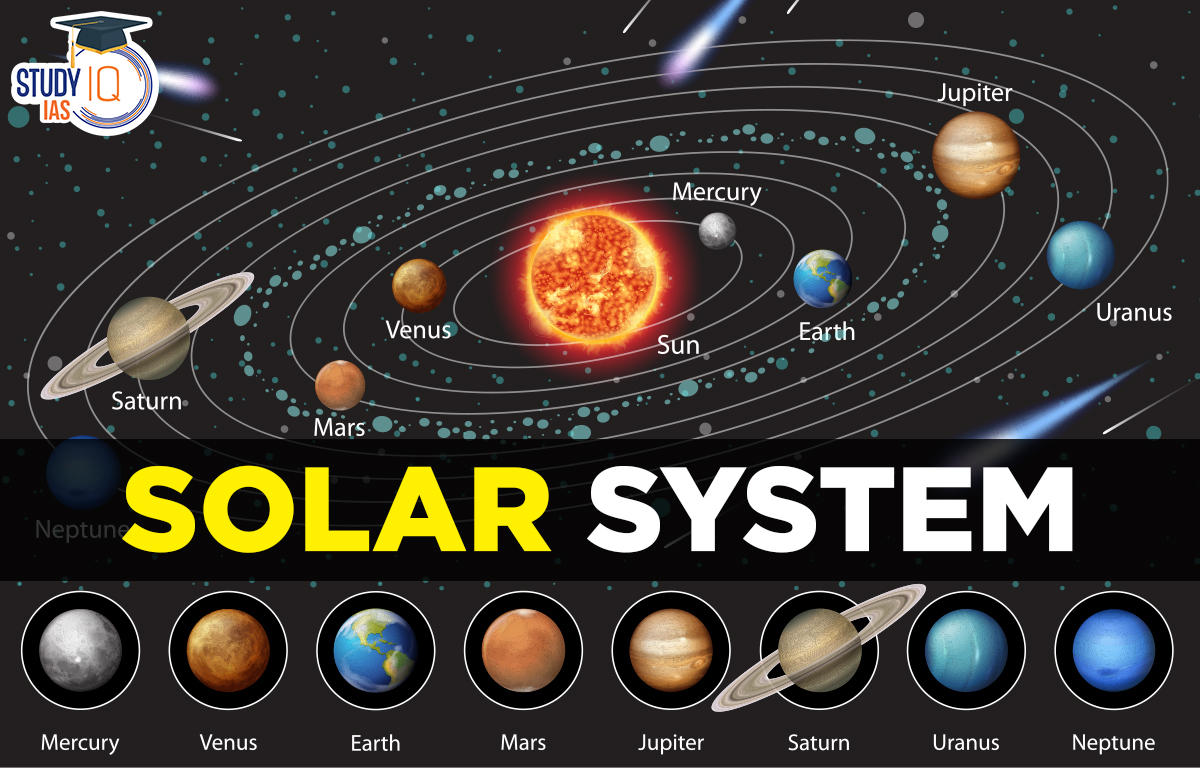The solar system is a vast and intricate expanse that abounds with celestial bodies, each possessing unique characteristics. However, amid the elegance of governing laws of physics and classic planetary formations, we encounter planets that defy conventional paradigms. This exploration takes us beyond the ordinary, investigating those intriguing bodies that challenge our understanding of planetary science.
To comprehend the eclectic nature of our solar system, one must first familiarize oneself with the overarching principles that dictate planetary formation. The predominant model, known as the Nebular Hypothesis, posits that planets are formed from the dust and gas surrounding a new star. This process typically leads to a standard configuration of terrestrial and gas giants, with planets assuming established orbits and compositions. However, several planets within our own solar system exhibit characteristics that starkly diverge from these anticipated norms.
Among the most striking examples of these anomalies is Venus. Despite being similar in size and composition to Earth, Venus presents an atmosphere that is thick with carbon dioxide and sulfuric acid clouds. Such a hostile environment results in surface temperatures surpassing 900 degrees Fahrenheit, an extreme that warrants the categorization of Venus as Earth’s “evil twin.” The stark contrast in surface conditions leads to questions about atmospheres and the possibility of habitability, emphasizing the need for robust studies on planetary climate systems.
Moving beyond Venus, one encounters Uranus. Not only is it one of the more distant gas giants, but it is also distinguished by its peculiar axial tilt of approximately 98 degrees. This extreme inclination results in Uranus essentially rotating on its side, deviating significantly from the almost perpendicular alignments of other planets. The implications of this axial tilt extend to its seasonal variations and complex atmospheric dynamics. Furthermore, such an orientation presents unique challenges for its moons, which must navigate the gravitational effects of this unusual rotation.
Another notable planetary oddity is Neptune, the eighth planet from the Sun. Neptune is characterized by its striking deep blue color, largely attributed to the absorption of red light by methane in its atmosphere. However, what sets Neptune apart is its dynamic weather patterns, including supersonic winds that can reach speeds of up to 1,500 miles per hour. This level of atmospheric turbulence is unparalleled in our solar system and prompts further investigation of the forces driving such meteorological phenomena.
Beyond gas giants, one cannot overlook the diverse composition and attributes found in the class of dwarf planets. Pluto, once classified as the ninth planet, has since been redefined. Its orbit is highly elliptical, bringing it closer to the Sun than Neptune for over twenty years. Additionally, Pluto’s surface features a variety of terrains, including vast ice plains and towering mountains of ice, raising questions about geological activity. These characteristics not only redefine the distinctions among planetary classifications but also inform our understanding of how celestial bodies evolve in disparate environments.
Our exploration also leads us to the Jovian moons, particularly Europa. This icy satellite is of paramount interest due to the subsurface ocean thought to exist beneath its frozen crust. The potential for an ocean, rich in elemental composition suitable for life, propels Europa to the forefront of astrobiological studies. The intriguing juxtaposition of solid ice and liquid water exemplifies a break from the conventional understanding of habitability, highlighting the potential for life in extreme conditions, far removed from stellar warmth.
Moreover, beyond the traditional boundaries of our solar system lies the enigmatic body known as Haumea. This dwarf planet, distinguished by its elongated shape, is theorized to be the result of rapid rotation. Haumea not only exhibits an unusual shape but is also notable for its ring system and multiple moons. The phenomena surrounding Haumea challenge the established norms of planetary morphology. Its differential rotation and consequent shape present a fascinating study in angular momentum and its effects on planetary formation.
As we examine these diverse celestial bodies, one must ponder the implications of their existence on the broader understanding of cosmology. The rich tapestry of our solar system serves as a microcosm of various physical phenomena that can inform theories on planetary development across the universe. The anomalies within our planetary system compel scientists to reassess the parameters of habitability, planetary formation, and the evolutionary trajectories of celestial bodies.
In conclusion, the assorted planets and dwarf planets within our solar system present a kaleidoscope of characteristics that defy classical expectations. From the tropical wrath of Venus to the icy expanses of Europa, our understanding of planets is continually evolving. Each anomaly presents new avenues for research and expansive questions regarding the formation, composition, and potential for life in environments vastly different from our Earth. The solar system’s variety serves not only as a testament to the complexity of celestial mechanics but also as a reminder of the ever-expanding nature of scientific inquiry that seeks to understand our place in the cosmos.












